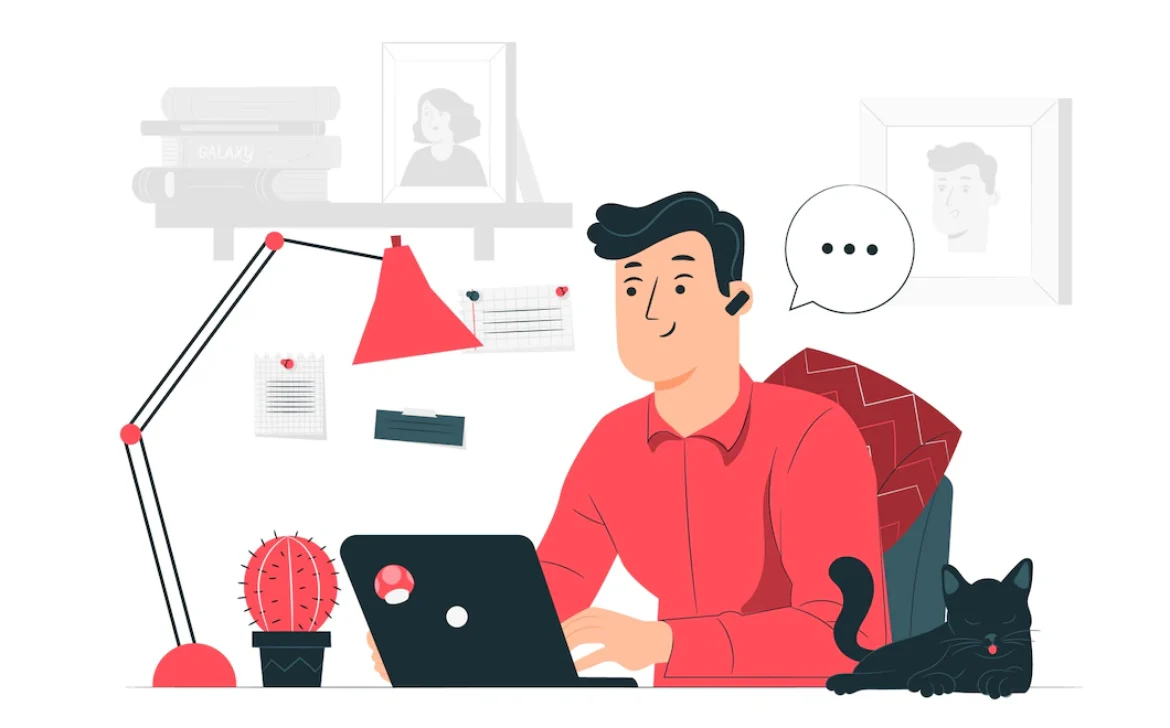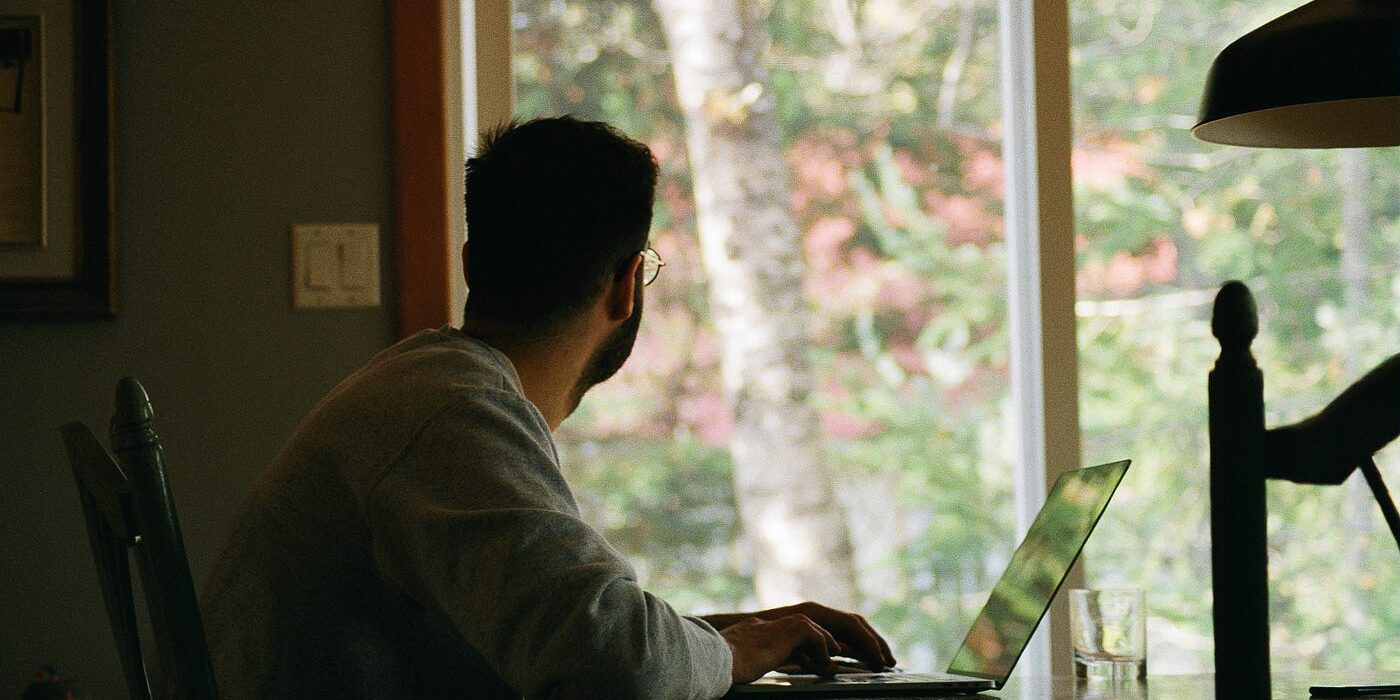Understanding and Preventing Bullying
Bullying is a serious issue that affects individuals across various settings, including schools, workplaces, and online environments. It’s crucial to understand what bullying is, why it happens, and how we can prevent it to create a safer and more respectful world. Bullying involves repeated and intentional harm inflicted on someone by another person. It can take several forms: Understanding the reasons behind bullying can be challenging. Often, bullies may be experiencing their own difficulties and project their frustrations onto others. In some cases, bullying is an attempt to gain power or popularity. Regardless of the reasons, bullying is never acceptable. The consequences of bullying can be severe and long-lasting. Victims may experience sadness, anger, loneliness, and even depression. It can negatively affect their self-esteem and their ability to trust others. With the proliferation of technology, cyberbullying has become a significant concern. It allows bullies to reach a larger audience and target victims anytime and anywhere. Cyberbullying can include: If you’re experiencing bullying, it’s essential to tell someone you trust, such as a parent, teacher, counselor, or friend. Remember, you are not alone, and there are people who want to help. If you witness someone being bullied, don’t be a bystander. Speak up and support the victim. Reporting the bullying to an adult can also help address the situation. Preventing bullying starts with promoting kindness and empathy. Here are some tips to foster a bully-free environment: By spreading kindness and standing up against bullying, we can create a safer and more positive world for everyone. For more insights on bullying prevention, visit our mental health and well-being section. Learn more about creating positive environments at StopBullying.gov. Stop the Hurt: Understanding and Preventing Bullying

Introduction
What is Bullying?
Why Do People Bully?
The Impact of Bullying
Cyberbullying: The Digital Threat
What Can You Do?
Creating a Bully-Free World














